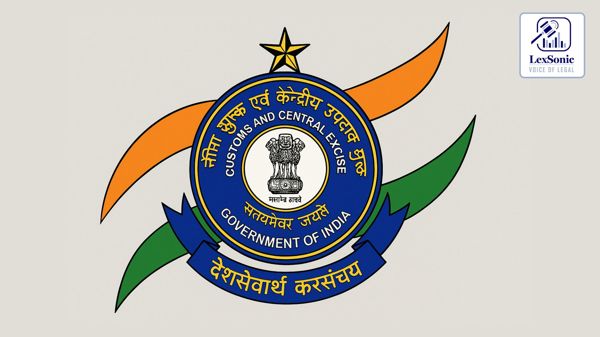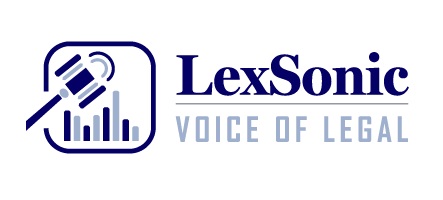Cenvat Credit Dispute and Tribunal's Decision on Excise Recovery and Penalty.
[ Court Doc ]
Central Excise >> Tax Laws
The case at hand presents a significant examination of how Cenvat credit issues, specifically in relation to reversal of credit and the imposition of penalties, are treated under the Central Excise framework. The matter involves an appeal filed by the Appellant-Assessee challenging the Tribunal's decision dated 27 February 2024, which upheld a recovery of Cenvat Credit along with penalties and interest. This article discusses the key legal questions involved, the findings of the Commissioner of Central Excise, the Tribunal's conclusions, and the ultimate decision of the High Court.
Background and Alleged Misuse of Cenvat Credit:
The Appellant is engaged in the manufacturing of polymer emulsions used in various industries, including paint, textiles, and adhesives. To produce these goods, the Appellant imports a raw material called Vinyl Acetate Monomer, which is stored in a Customs Bonded Warehouse. The controversy arose when it was revealed that the Appellant cleared these goods directly from the warehouse to customers while maintaining records that suggested the goods had been received in the factory before being dispatched to customers.
This arrangement was allegedly designed to allow the Appellant to avail Cenvat credit for the excise duties on these raw materials, which was later passed on to the customers. The show cause notice issued by the Revenue authorities alleged that the Appellant had availed and passed on inadmissible Cenvat credit, violating excise regulations.

Key Legal Issues and Substantial Questions of Law:
The Appellant raised several substantial questions of law in its appeal under Section 35G of the Central Excise Act, 1944, questioning the Tribunal’s decision on various aspects:
Reversal of Cenvat Credit: Whether the Tribunal erred in accepting the reversal of Cenvat credit as a mere debit in the Cenvat register rather than a formal reversal, which the Appellant claimed was made at the time of issuing sales invoices.
Equating Reversal with Utilization: The Appellant argued that the Tribunal improperly equated the reversal of Cenvat credit with its utilization. It was contended that Cenvat credit is typically used for the payment of excise duty, whereas in this case, excise duty was paid separately and not through Cenvat credit.
Method of Reversal: The Appellant questioned the Tribunal’s failure to accept the method adopted for reversal in the absence of a prescribed procedure for Cenvat credit reversal.
Penalty and Limitation Issues: The Appellant also challenged the penalty imposed by the Tribunal, claiming that the decision did not adequately explain the basis for applying the extended period of limitation or the penalties involved.
No Loss to Exchequer: The Appellant maintained that no loss had been incurred by the exchequer since the Cenvat credit was reversed, and thus, no legitimate demand should have been raised.
Imposition of Penalty: The Appellant argued that the imposition of penalty was automatic and lacked sufficient reasoning, making it unjustified.
Legitimacy of the Recovery Action: Finally, the Appellant contended that the punitive actions taken by the excise authorities in recovering Cenvat credit, imposing interest, and levying penalty were unjustifiable, particularly since the credit had been reversed, and no actual loss had occurred.
Tribunal's Findings and High Court’s Ruling on Limitation:
The Tribunal, as the final fact-finding authority, examined the facts meticulously and upheld the Commissioner’s decision to disallow the Cenvat Credit of Rs. 5,63,66,047/- availed during the period from August 2009 to September 2012. The Tribunal also confirmed the penalty imposed and the invocation of the extended period of limitation.
The Tribunal's decision was largely based on the fact that the Appellant had devised a modus operandi to claim and pass on Cenvat credit inappropriately by issuing invoices that falsely indicated the goods were cleared from the factory. The customers, who availed this credit, confirmed that the Cenvat credit was based on the invoices provided by the Appellant, even though the goods were never physically received in the factory. These findings were corroborated by the statements of the customers and the Appellant’s own representatives, who admitted to the practice.
Regarding the issue of limitation, the Appellant raised the argument that the show cause notice issued in September 2014 for the period from 2009 to 2012 was barred by the normal limitation period. However, the High Court noted that the extended limitation period applied due to suppression and fraud, which had not been sufficiently contested before the Tribunal. The Appellant failed to file a Rectification of Mistakes (ROM) application to address this issue, thus leaving the Tribunal’s order intact.
Final Decision and Legal Precedent:
The High Court, after carefully considering the findings of both the Commissioner and the Tribunal, concluded that the questions raised by the Appellant did not give rise to substantial questions of law. The factual findings, including the fraudulent availing of Cenvat credit and passing it on to customers without the goods entering the factory, were well-supported by the record and had not been rebutted. The High Court cited the decision in Commissioner of Income Tax vs. Tata Chemicals Ltd., emphasizing that the High Court could not entertain an argument based on an issue that was not raised or addressed at the Tribunal level.
Therefore, the High Court dismissed the Appellant’s appeal, confirming the Tribunal’s order and the imposition of penalties, with no order as to costs. The ruling reinforces the importance of adhering to excise regulations and the repercussions of fraudulent Cenvat credit claims. Additionally, it underscores the procedural rigor required in challenging Tribunal decisions and highlights the limited scope for intervention by appellate courts when the facts are clear.
Conclusion:
This case serves as a crucial reminder of the strict requirements for availing and utilizing Cenvat credit under the Central Excise regime. The Tribunal’s findings, based on solid evidence of wrongful credit utilization and improper documentation, were upheld by the High Court. The case also illustrates the legal complexities involved in excise matters, particularly concerning Cenvat credit reversal, penalty imposition, and limitation periods. For businesses, it highlights the need for meticulous record-keeping and adherence to procedural norms to avoid legal pitfalls.
The ruling also provides important guidance on the limits of judicial intervention in factual findings and the necessity for thorough argumentation at the Tribunal stage to raise issues effectively at the appellate level.
